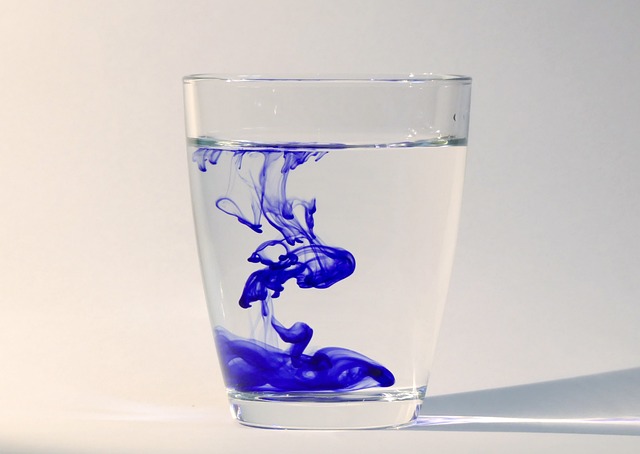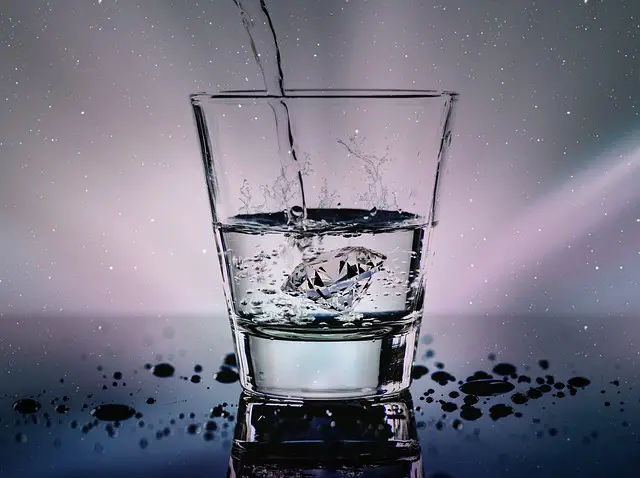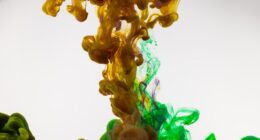Liquid refers to a state of matter where particles have enough energy to move freely but still maintain some degree of cohesion. Aqueous refers specifically to a solution in which water is the solvent.
TL;DR Liquid Vs. Aqueous – Key differences
Liquid is a substance that can flow freely, take the shape of its container, and has properties like viscosity and surface tension. Liquids are crucial in various aspects of our lives, from hydration to industrial processes. Aqueous, Refers to substances dissolved or suspended in water. Aqueous solutions are versatile and play a vital role in chemical reactions and biological processes. They can conduct electricity and have numerous real-life applications, from beverages to medical formulations.
What is liquid?
A liquid refers to any substance that has the ability to flow freely and take on the shape of its container.
One key characteristic of liquids is their ability to smoothly move and flow due to weak intermolecular forces between particles. This allows them to adapt to different containers or be easily poured from one vessel into another without resistance.
Liquids also possess distinct properties such as viscosity, surface tension, and density. Viscosity refers to how resistant a liquid is when it flows – think about honey’s slow movement compared with water’s effortless pouring. Surface tension deals with the cohesive forces at play on the surface of a liquid – this explains why droplets form instead of spreading out evenly on certain surfaces.
Liquids are substances that can flow freely and conform to the shape of their containers while maintaining a constant volume. Their unique properties make them essential in various aspects of our lives – from hydration and cooking to industrial processes where fluidity plays an important role. Understanding what makes something liquid helps us grasp its behavior and appreciate its significance in both scientific contexts and everyday experiences
What is aqueous?

Aqueous refers to something that is dissolved or suspended in water. The word itself comes from the Latin word “aqua,” which means water. So, an aqueous solution is a mixture where water acts as the solvent.
The beauty of aqueous solutions lies in their versatility and importance. They play a crucial role in various chemical reactions and biological processes. Many substances can dissolve or mix with water to form these solutions, including salts, acids, bases, and even gases like carbon dioxide.
Aqueous solutions have the ability to conduct electricity due to the presence of ions formed by dissociation or ionization processes. This property makes them essential for electrical conductivity experiments and many other applications.
Aqueous solutions have countless real-life applications too! From our everyday beverages like coffee and tea to medical formulations such as syrups and intravenous drips, they are all examples of liquid mixtures made using an aqueous medium.
Liquid Vs. Aqueous – Key differences
| Liquid | Aqueous | |
|---|---|---|
| Definition | A state of matter in which particles are close together and have definite volume but no fixed shape. | Refers to a solution where a substance is dissolved in water. |
| Composition | Can be a single substance or a mixture of multiple substances. | Always a homogeneous mixture of a substance (solute) dissolved in water (solvent). |
| State | Can exist as a liquid at a specific temperature and pressure. | Refers to the state of a substance when it is dissolved in water. It may not be a liquid at room temperature. |
| Examples | Water, ethanol, oil, etc. | Saltwater, sugar solution, hydrochloric acid in water, etc. |
| Physical Properties | Density, viscosity, boiling point, freezing point, etc. | May have similar physical properties as the solvent (water) but can exhibit some unique properties due to the presence of the solute. |
| Chemical Reactions | Can undergo chemical reactions independent of the presence of water. | The presence of water can influence chemical reactions involving the dissolved substances. |
| Separation | Can be separated from other substances using various techniques (filtration, distillation, etc.). | The solute can be separated from the solvent (water) through processes like evaporation or distillation. |
Image Credits
Featured Image By – Anja from Pixabay
Image 1 By – Sarah Richter from Pixabay









